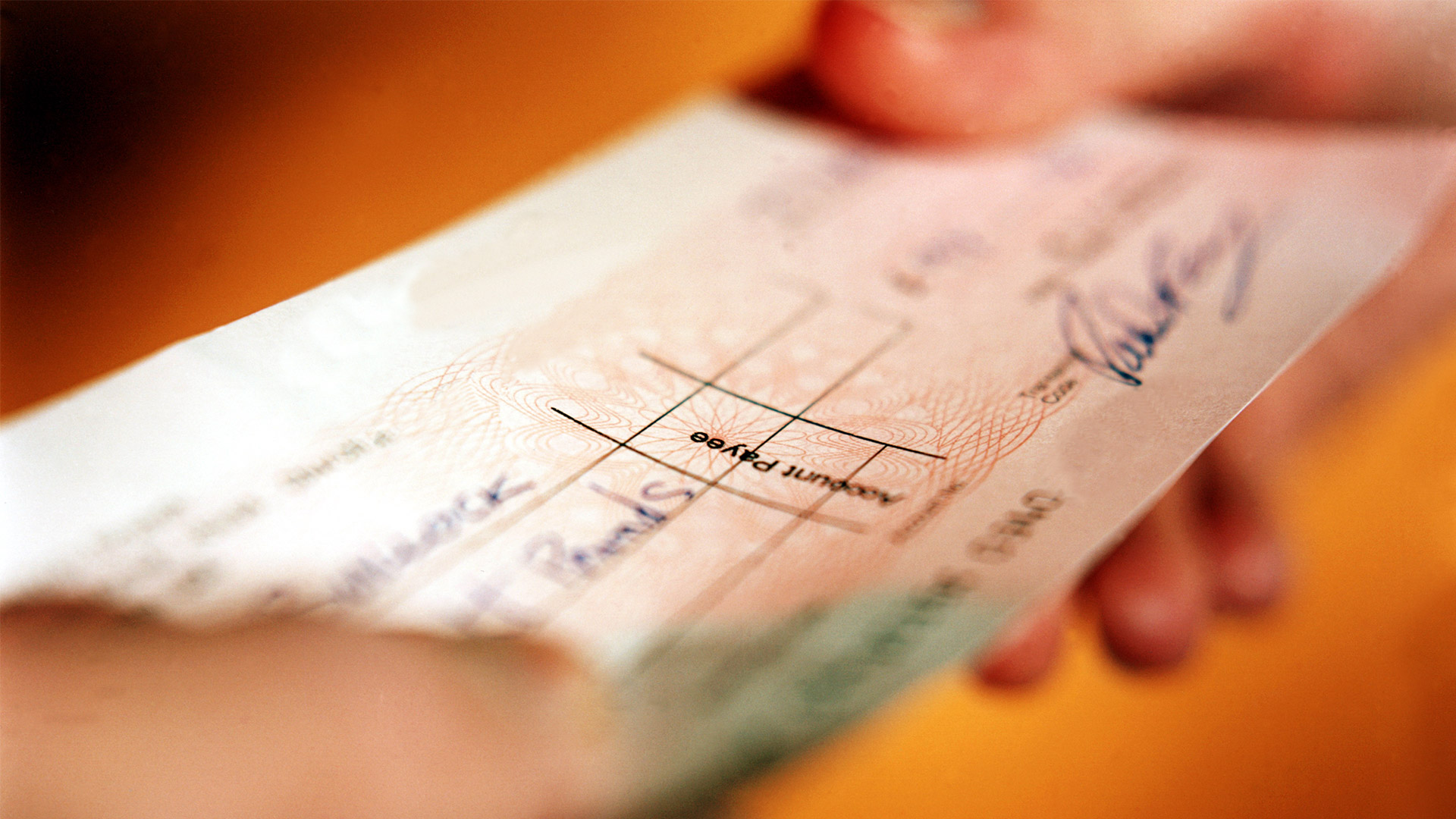
US Foods processes more than one million cheque payments annually. But for Beth Krotiak, Assistant Treasurer, it’s a breeze thanks to the firm’s award-winning technology programme. Treasury Today finds out how it has been progressing in recent years.
With around $23bn in annual revenues, US Foods is one of America’s great food companies and a leading food service distributor. Its approximately 250,000-strong customer base includes independent and multi-unit restaurants, healthcare and hospitality entities, government and educational institutions. Around 60% of all receivables are paid by cheque, with a value-average of around $1,000.
These can be expensive to process, not least from a cash application perspective where treasury must physically manage settlement and reconciliation of these payments. But slow application also means slow availability of the cash which, given the volumes involved, negatively impacts working capital.
Back in 2013, the company picked up a ‘One to Watch’ Adam Smith Award for its development and roll-out of a mobile deposit capture solution – J.P. Morgan’s Image Deposit Direct (IDD) Mobile solution – now used by US Foods’ sales force to digitally process cheque payments received in the field.
In practice, encrypted cheque photographs, taken on a smart phone, are sent directly to the bank by the sales person. This enables its sales force to get cheque payments in the door and applied to the relevant customer account, either same-day or next-day, maintaining customer credit status and facilitating more sales. At the time, Krotiak concluded that US Foods was “powering a revolution in collections that in turn is allowing treasury to better support the company’s working capital management objectives”.
Still relevant
With cheque volumes still high, IDD still has an important role to play for US Foods and it will continue to play a key part in the firm’s collections and WCM processes.
With IDD, cheques are easier to process, and the firm’s systems and processes are set up to handle them. But, the switch to other methods is progressively moving toward ACH but cheques still represent more than half of all transactions and dollars collected, says Krotiak.
Not all cheques are easy. There are some challenges, and some further reconciliation is required. A cheque that is processed via a bank lock-box may have remittance details attached – the system does not capture this data. The back-office team then has to figure out which invoice to apply the cheque to.
Seeking automation
To assist, US Foods uses an application which provides automation by matching payment to account and invoice. “If the system has a confident match, it processes straight through without human intervention,” says Krotiak. Currently around 45% are automatically applied, with another 15% managed with “little touch” of intervention. “It’s a nice match rate but not as high as we achieve with our lock-box that comes in with additional remittance information, where we have an application match rate of almost 80%.”
With US Foods’ preference for ACH payments from its customers as “the cheapest and easiest form”, Krotiak still acknowledges that some “do not have that capability or the desire to do it”. As such, it does not have any formal existing-customer conversion programme; rather, it is predominantly promoted through general interactions with customers, alerts to it on email signature messages and other communications. New customers are encouraged towards electronic payment but not forced. Even with all the talk of cutting-edge payments solutions, it perhaps comes as no surprise that many customers still prefer using cheques.
The ideal payments environment would further the use of ACH, says Krotiak. “And anything we can do to eliminate the use of actual cash would be terrific,” she adds. Not that she sees this happening by any substantial degree to date, so cash “still causes a lot of friction, work and security issues”.
With this in mind, US Foods has also recently been rolling out ‘reverse ATM’ smart-safe technology. It has it in around 30 distribution centres to date. Cash brought back to these locations is loaded, taking out some of the security risk of cash, and enabling that cash to be converted into available funds for the business as quickly as possible.
Sell goods, get paid
The bottom line for Krotiak is that US Foods wants to get paid so they continue to offer multiple payment options to its customers rather than pushing them down a path they have no wish to take. And while the pace of cheque volume decline has slowed, IDD is still one to watch.